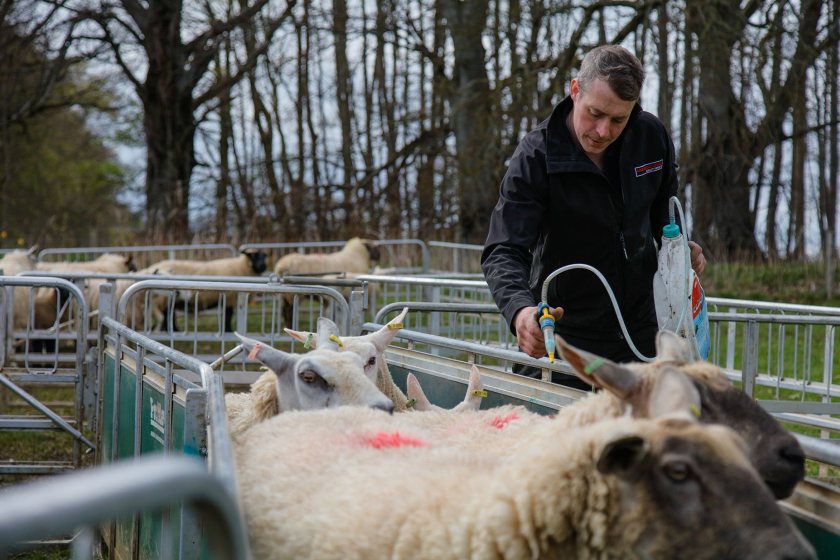
Sheep farmers across the UK are being urged to take immediate preventative action as the blowfly strike risk level has been raised to red.
Producers in the north of England, the west of Scotland and Northern Ireland are now on red alert following an update to Blowfly Watch.
The service, a free resource run by Elanco and NADIS, uses data such as soil temperature and humidity to assess and predict strike risk in 40km zones.
The red warning signifies a high threat level for blowfly activity, particularly dangerous as blowfly strike can occur rapidly – in as little as 36 hours after eggs are laid.
Blowfly strike is a serious disease thought to affect over 80% of farms in the UK.
Matt Colston, ruminant technical consultant at Elanco, notes that prevention is better than waiting to see a struck lamb before treating the whole flock.
He said: “Damage happens fast – it can take as little as 36 hours from an egg being laid on a sheep to maggots eating its flesh."
Elanco and NADIS recommend several best practices for applying preventative treatments effectively.
Farmers should use an appropriate applicator gun fitted with a fan spray nozzle and ensure it is properly calibrated before use.
The product should be applied to a clean fleece, so any dirty animals should be clipped or dagged beforehand.
It is important to apply the product in a band approximately 10cm wide, holding the applicator about 45cm from the sheep.
The total dose should be delivered in four strokes: from the mid-shoulder to the middle of the back, from the middle of the back to the top of the tail, then from one side of the tail to the crutch, and finally from the other side of the tail to the crutch.
“Worm management plays a valuable role in preventing strike, because scouring, due to worms, can cause dirty backends and encourage flies,” Mr Colston added.
“Regular faecal egg counts will help identify worm burdens early and prompt treatment before lambs scour.”
Farmers can monitor strike risk closely by signing up for free alerts through Blowfly Watch.
